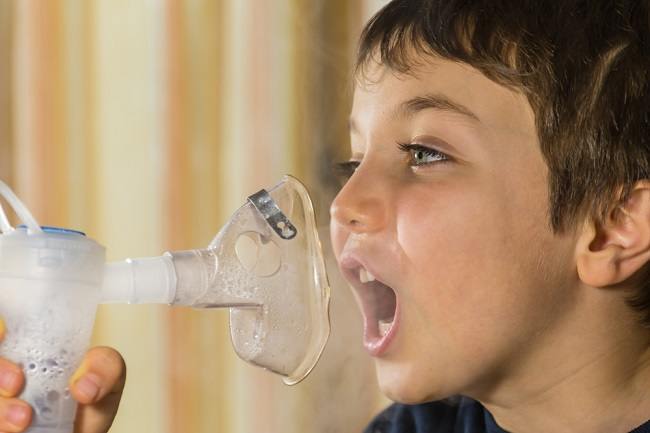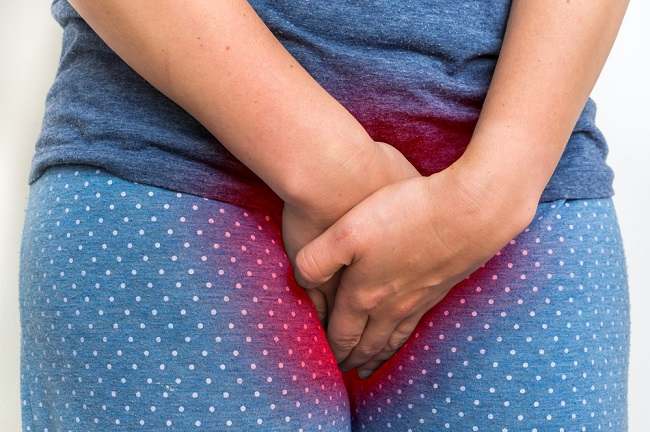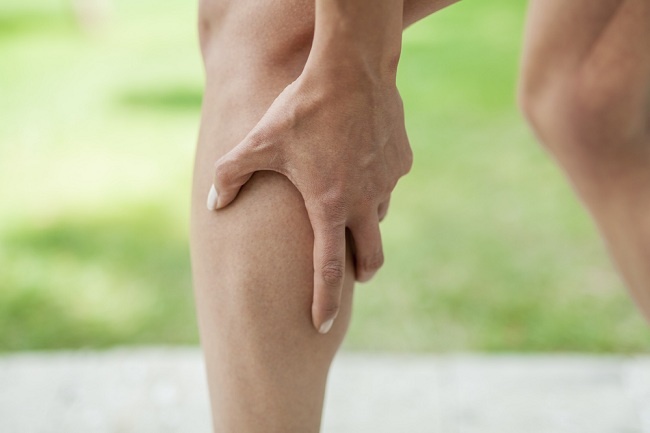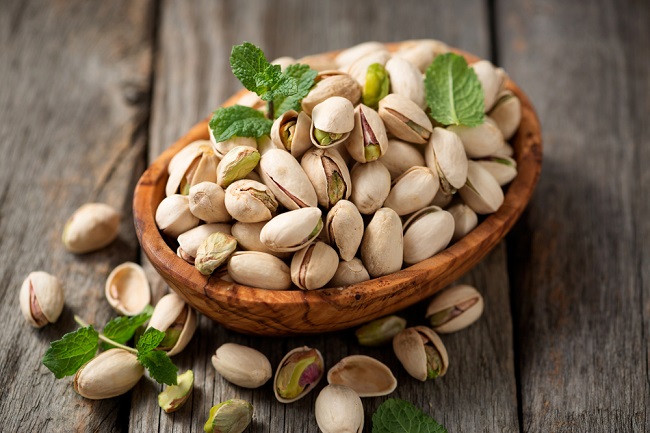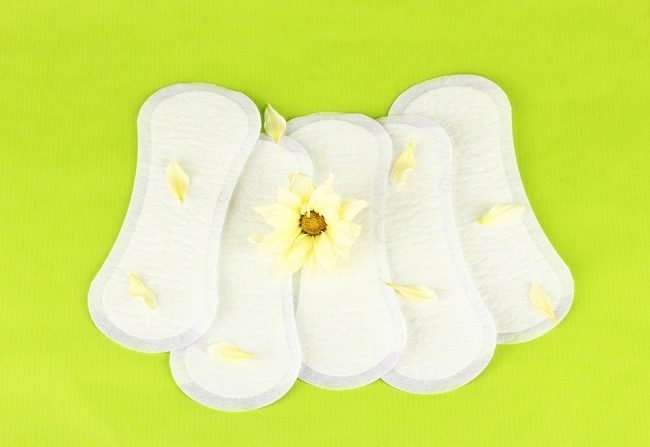goose neck deformity (swan neck deformity) is a disorder thatmake finger shape hands look like swan necks. If you experience it, don't worry, because there are treatments that can relieve symptoms even improve the shape of your finger.
A goose neck deformity occurs when some of the joints in your finger bend in an unnatural position due to a certain disease or injury. In addition to making the shape of the fingers abnormal, this condition can also cause finger pain, and limited finger and hand movement.

Causes of Goose Neck Deformity
Your fingers have many components, including finger bones, joints, tendons, which are tissues that attach muscles to bones, and ligaments, which are elastic tissues that connect bones. A goose neck deformity occurs when two of your finger joints point in an unnatural direction and cannot be straightened into a normal position.
There are a variety of conditions that can cause a goose neck deformity, including:
- Rheumatoid arthritis
- Cerebral palsy
- Scleroderma
- Psoriasis arthritis
- stroke
- Parkinson's disease
- Injury or trauma to the hand
Of the various conditions above, rheumatoid arthritis is a condition that quite often causes goose neck deformities. The reason, inflammation in rheumatoid arthritis generally occurs in small joints, such as the joints of the fingers or toes.
The inflammation can cause joint damage and weakness of the tendons and ligaments. As a result, there is an imbalance of forces acting on the joints, which can then cause deformities in the joints, including goose neck deformities of the fingers.
Goose neck finger deformity caused by rheumatoid arthritis is more common in women than in men. In addition, this disorder also does not occur in the thumb. An abnormally flexed thumb is a different disorder called finger mallet.
Goose Neck Deformity Diagnosis
Usually, doctors can diagnose goose neck deformity simply by knowing the patient's symptoms, the patient's medical history, and looking at the shape of the patient's hands during a physical examination.
However, doctors sometimes need to carry out supporting examinations with X-rays to confirm the diagnosis. This procedure also allows the doctor to detect abnormalities or injuries to the bones and joints in the patient's fingers.
Goose Neck Deformity Treatment
Treatment for goose neck finger deformity varies, from non-surgical to surgical. The treatment given by the doctor will be adjusted to the severity of your condition.
The following are some types of treatment that can be given to treat goose neck finger deformity:
Physical and occupational therapy
If your goose neck deformity is mild, your doctor may recommend physical therapy or occupational therapy as the first line of treatment.
Both therapies involve exercises, stretching, and massage to help your fingers and hands establish balance and regain normal strength and movement.
If you have surgery to treat a goose neck finger deformity, physical and occupational therapy are generally also recommended to support postoperative recovery.
Installationsplint
The doctor may suggest placing a splint or splint for several weeks to repair and stabilize the finger with the goose neck deformity. Therapy with these splints can be done in conjunction with physical and occupational therapy.
The splint used can encircle the entire finger or only certain joints. A splint that wraps around a particular joint is called a ring splint. This splint is shaped like a figure eight and doesn't completely cover your finger, allowing you to still bend your finger joint down while using it.
Operation
Surgery may be performed to repair soft tissue (skin, tendons, and ligaments) or damaged joints.
Soft tissue repair surgery can only be used to treat moderate goose neck deformities, and not for severe cases. While surgery repairs joints or joint arthroplasty performed to replace a joint that is experiencing stiffness.
In addition, there are also operations finger joint fusion, where the joints are joined so that the joints can be straight but cannot be moved anymore. Usually, this operation is chosen because the joint can no longer function properly.
Recovery After Goose Neck Deformity Surgery
Recovery after finger surgery can take weeks or months. The doctor will usually place a splint or splint on the finger that has been operated on until it heals.
You may also be scheduled for physical and occupational therapy each week to reduce swelling and pain and regain good finger strength and movement.
If during therapy the swelling and pain that appears are very disturbing, do not wait for the next therapy schedule and see a doctor immediately.
Written by:
Sonny Seputra, M.Ked.Klin, Sp.B, FINACS
(Surgeon Specialist)
